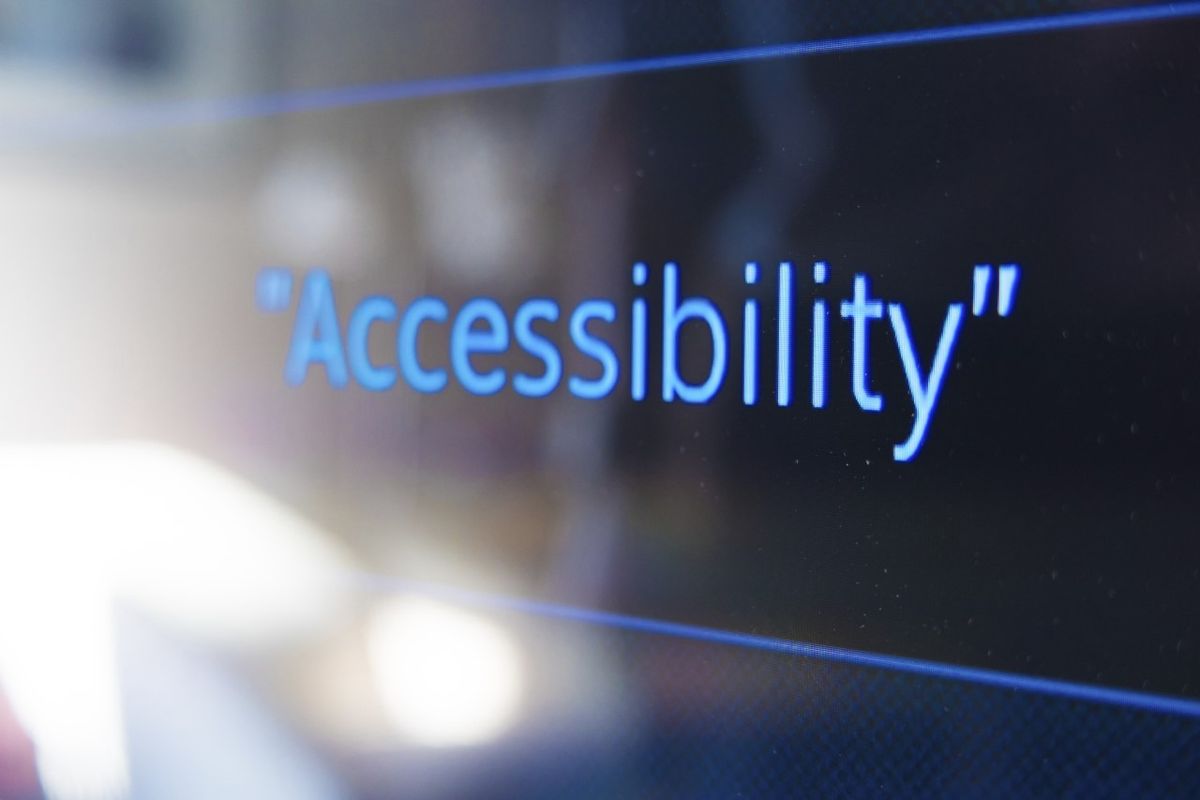Comcast improves services for deaf, hard of hearing customers, including direct connection to sign language-fluent agent without interpreter

Several years ago Comcast created a new customer service center in Liberty Lake that focuses on helping customers with disabilities.
Last year, the center added the ability for deaf and hard of hearing customers to communicate directly with a customer service specialist via video using American Sign Language.
The Comcast Accessibility Center of Excellence opened in 2016, said center manager Michele Gifford. The employees who work there are trained in all aspects of technical support and customer service.
“We have a team of what we refer to as universal specialists,” she said. “We give them disability awareness training as well.”
The agents can help customers with closed captioning issues, how to make the channel lineup large print and with pairing specialized equipment to their Comcast equipment via Bluetooth.
“We specialize in those types of programs and products,” Gifford said.
The center typically assists 30,000 customers each month, she said. Often they are surprised to find that Comcast has a specialized center to offer support to customers with disabilities, Gifford said.
“We know it’s really well received by our customers,” she said.
Last year Comcast partnered with Connect Direct, a division of Communication Services for the Deaf, a national nonprofit that provides customer service in American Sign Language. That partnership led to the customer option of connecting directly to an ASL-fluent Comcast agent via video that went live on the Comcast website in December.
“It just seemed like a natural progression,” Gifford said.
Christy McBee, the national operations manager for Connect Direct, said the ability for deaf and hard of hearing customers to use ASL to communicate directly with Comcast without requiring an interpreter is a big step. McBee, who is deaf, said the technology available now is a long way from the old TTY text relay service that deaf people used to communicate over the phone. It’s also better than a video chat with an interpreter.
“There was still some frustration with that,” she said. “It would take a lot longer to have a conversation.”
A deaf or hard of hearing person using Connect Direct is the same as a hearing person picking up the phone to call for help with their account or service, she said.
“Now I can do the same thing and call and talk to someone in my native language,” she said. “You don’t have to go through a third party anymore. It allows us to be independent and less dependent on others.”
The new communication option comes as the country struggles with a pandemic that has left people isolated.
“Deaf people are visual people by nature,” McBee said. “With the isolation that’s happening we’ve become even more dependent on virtual conversations.”
Gifford said that after the pandemic began, her team began noticing deaf customers were lingering on video calls just because they wanted to talk to someone.
“When COVID hit, we really started to see the need for that personal interaction,” she said. “Our whole perspective on customer service took a slight turn.”
McBee said Connect Direct is working to create partnerships with other companies as well. “Comcast is one of the largest companies we partner with,” she said. “We’re actively networking. There’s still more for us to grow.”
Customers can visit https://www.xfinity.com/support/articles/asl-help-videos and click on the ASL Now button to be connected to a customer service agent fluent in ASL or call (512) 434-0999 on their videophone.
Gifford said customers still have the option of using an ASL interpreter if they prefer to.
“Now our deaf customers have more options,” she said.
Using Connect Direct has also made solving customer issues faster, Gifford said. The average time to resolve issues with deaf customers has dropped 33%, she said.
“That’s pretty impactful for the customer experience,” she said.